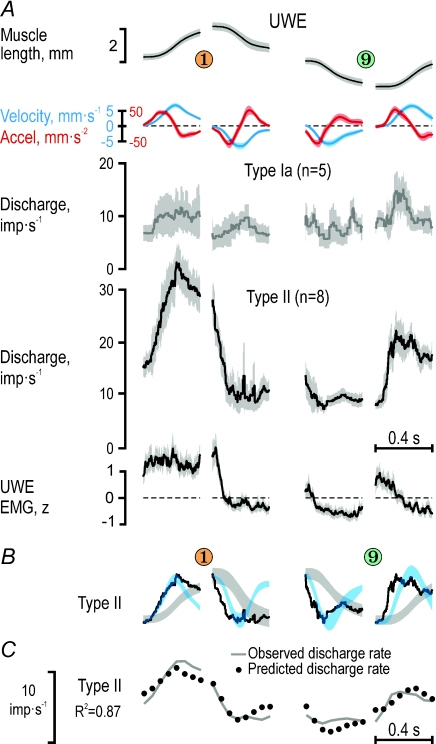Figure 6. Ensemble responses of muscle spindle afferents from the ulnar wrist extensor.
A, averaged length, velocity, acceleration and EMG signals along with the corresponding ensemble discharges of type Ia afferents (n = 5) and type II afferents (n = 8) from the UWE for a ‘long’ key 1 and a ‘short’ key 9. EMG was z-transformed before averaging. The type Ia afferents failed to generate a reliable ensemble response and were excluded from further analyses. Shaded areas around means represent ±s.d.B, qualitiative comparisons of ensemble discharge profiles and kinematic variables having statistically significant impacts on type II discharge rates. The kinematic variables were rescaled by eye to make a good fit to the discharge profiles, with blue signifying velocity and grey length (as in A). C, reconstructions of the observed type II ensemble discharge rates shown in A by regressions using data, each point representing the average of a 50 ms bin. Continuous lines represent the observed values and dots the values predicted from linear regressions using the kinematic signals and UWE EMG as independent predictors. For the key sequences shown, both length and velocity significantly affected type II ensemble discharges from the UWE.

